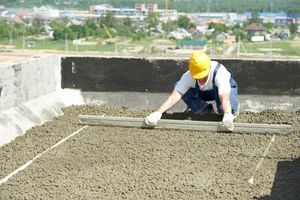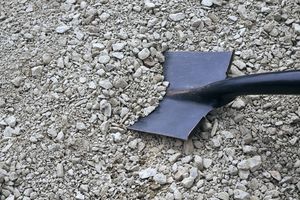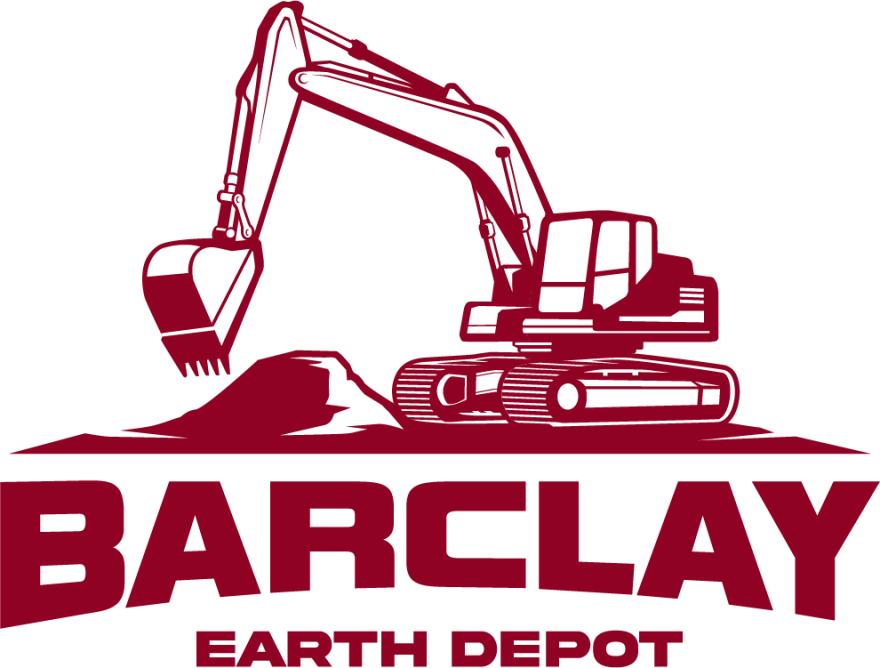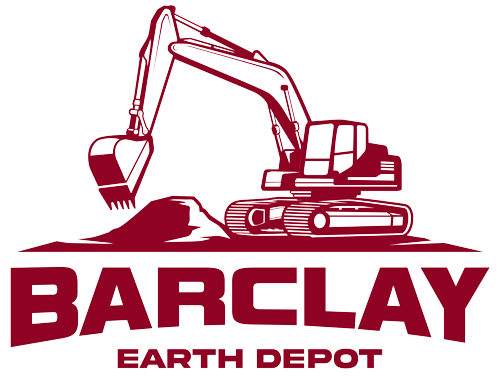On a construction project, you may hear builders, contractors and concrete finishers use specialized vocabulary to refer to certain aspects of the building process and materials. One term that you may hear concrete finishers use is aggregate. This material is an essential part of the concrete process, but if you are unfamiliar with concrete, you may not understand what the term includes. This article explains what aggregate is, purpose of an aggregate, as well as why concrete finishers use this substance in the building process.
What Is an Aggregate?

The word “aggregate” is used in many industries and simply means a loosely associated body of parts. In the concrete business, however, the word refers to a specific material: the grains that combine with the liquid concrete. If you have ever looked closely at the foundation of your house, your driveway or a sidewalk, you may have noticed these small pieces of sand, crushed cement or crushed stone in the concrete. Aggregate particles come in different sizes: coarse and fine. Concrete finishers determine aggregate size by whether the particles can pass through a certain sieve.
What Is the Purpose of an Aggregate?
The small particles used in mixing concrete exist for a purpose: concrete finishers use aggregates for cost, durability and workability reasons. The concrete and water mixture that makes up the liquid component of concrete is the most expensive portion of the final product to produce. Therefore, one reason concrete workers choose to add aggregates is simply economical; the addition of another material lowers the proportion of concrete used and reduces cost. Often, aggregate accounts for 60 to 80 percent of the cement’s volume, so less than half of the mixture must comprise the more expensive concrete.
Another reason concrete finishers use aggregate is because the material adds durability to the structure. Aggregate is typically made up of a mix of differently sized grains. These mix and fill in gaps, creating interlocking pieces that are less likely to break apart than a solid sheet containing only one material. When concrete is well-mixed, each piece of aggregate is held together with another piece by a thin layer of concrete; this even mixture solidly binds the components as the liquid cement hardens.

Finally, aggregate that is appropriately chosen for a project makes concrete easier to work with. Rounded aggregate, such as smooth sand particles, is much easier to mix than rough, angular aggregate. Sometimes concrete workers use rough aggregate for enhanced durability, but it often requires a greater amount of cement in order to make the mixture workable.
When looking at concrete, these features may not be immediately apparent, but they can make a big difference in your building project. Some aggregates may be visible to the naked eye, and this can also impact the choice you make for aesthetic reasons.
What Constitutes Good Aggregates?
Aggregates can have several positive uses, but only when chosen correctly. Concrete experts have determined that different types and proportions of aggregate can change the properties of the cement mixture itself. This is why many people rely on a professional with first-hand experience to make these decisions rather than working on a cement or concrete project on their own. The first consideration when choosing a good aggregate is whether the pieces are rough or smooth. Rough pieces can add to durability but make mixing more difficult. Ultimately, concrete finishers must decide which type will work for a certain project.

Another consideration is the distribution of particle sizes. Aggregates comprising similar-sized pieces often lack durability. Concrete companies may determine the right proportion of sizes by using a system of different sieves. First, concrete finishers sift particles through a large sieve, then a smaller one, then a smaller one and so on. Once all the different sizes have been sorted, workers can determine the percentages of each size. They may then compare these to a chart with the ideal proportion numbers. If the numbers are correct, then the aggregate is strong and ready to use.
Trust the Experts to Tackle Your Concrete Project with the Proper Aggregate
If you have a building project that may require aggregate, you do not need to decide which type to use on your own. The experts at Barclay Earth Depot understand how each type of aggregate can contribute to (or weaken) a project so that you can make an informed decision about how to proceed with your task. Contact our experienced team to learn more about what aggregates can do for you, or to ask any questions that you may have about your project.

